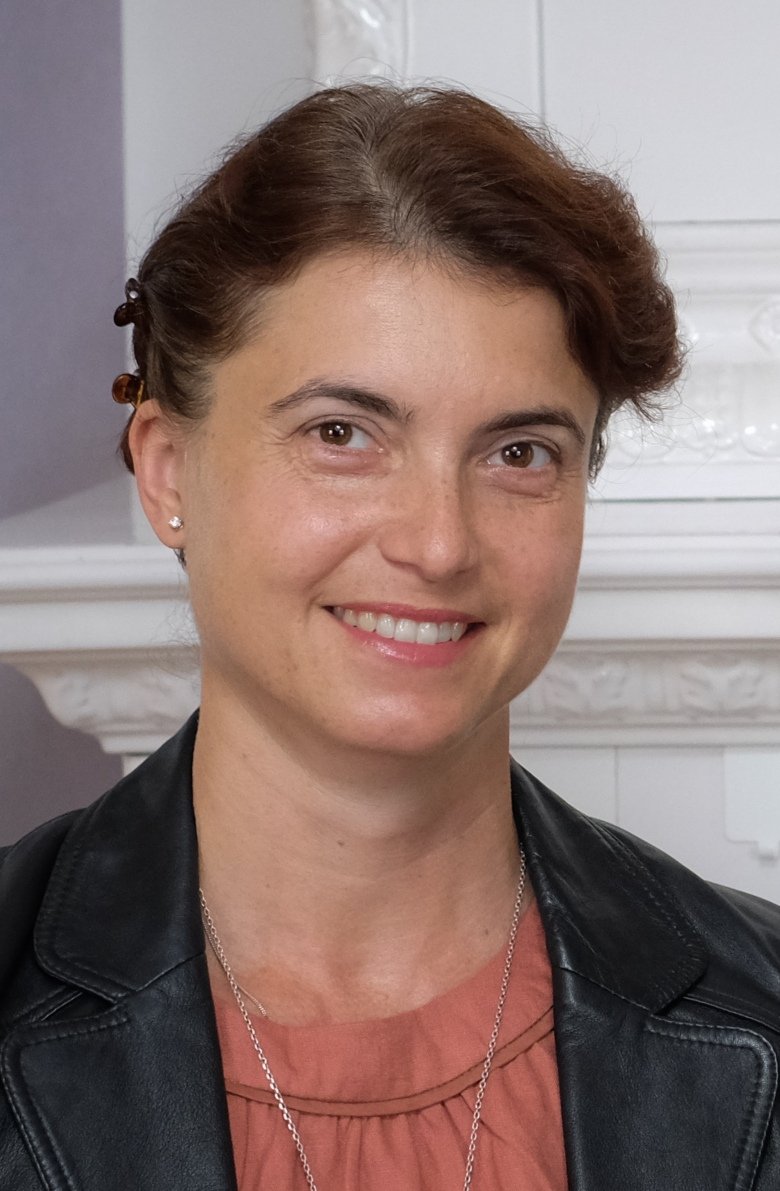Compulsive thoughts can be blocked
Diana Pascal is a licensed psychologist and a researcher at the Department of Clinical Neuroscience at Karolinska Institutet. She has treated patients with OCD through deep brain stimulation.

In obsessive-compulsive disorder, the nerve impulses are considered overactive, so how can brain stimulation help?
“After a brain cell has sent an impulse, it’s polarised and can neither receive nor transmit more information for a little while. This is something we can use. When we implant an electrode into the brain and start the stimulation, the nerve endings become overstimulated and completely stop transmitting impulses. It’s like they’re cut off. But the blockage is reversible, as soon as you turn the power off, the signal is there again.”
How common is the treatment?
“Uncommon. In Umeå they’ve performed the surgery on about ten patients, here in Stockholm we’ve operated on two. I think a lot of people would benefit from the operation. It’s a normal procedure in the treatment of neurological diseases like Parkinson’s. The cost of this treatment is about SEK 500,000 and the patients are then monitored for the rest of their lives.
How effective is the treatment?
“The total number of patients who’ve undergone the surgery to treat OCD is about 200, and around 50 per cent of them have seen a 25-30 percent reduction of symptoms. But even a 10 per cent difference can mean that a patient who’d normally have to shower for eight hours can now shower in thirty minutes. There are also examples where patients have experienced a 90 per cent reduction of symptoms, which is huge. If the right target point is reached, this treatment can mean the difference between a normal and a very limited life.
Text: Fredrik Hedlund, first published in Swedish in the magazine Medicinsk Vetenskap no. 1/2020.
 Photo: Emma Hanquist
Photo: Emma HanquistWhen the brain forces the body
Patients with OCD are held hostage by their own brains. And there is no ransom to be paid. Research from Karolinska Institutet shows that cognitive behavioral therapy, CBT, could be an effective treatment against OCD.
